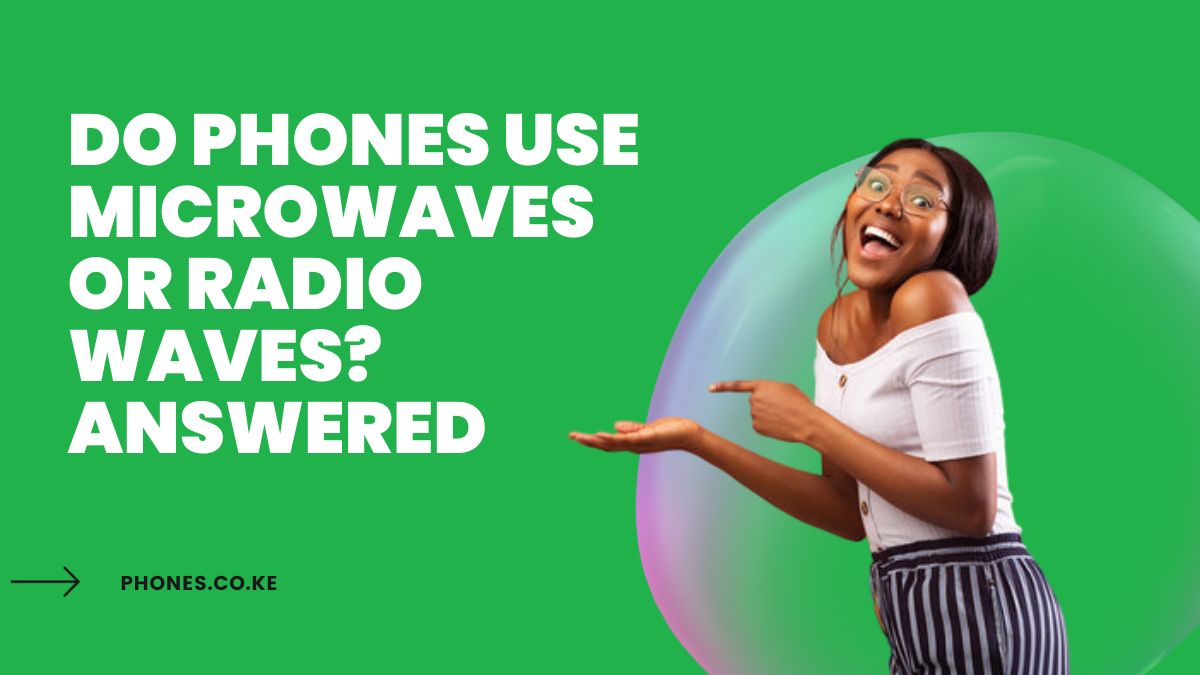Do Phones Use Microwaves or Radio Waves? Answered Leave a comment
Do you ever wonder how your phone works? Have you ever thought about what type of waves it uses to send and receive signals? If so, then this article is for you! In it, we will reveal the surprising answer about whether phones use microwaves or radio waves. We’ll explore how these two types of waves differ from one another and why this matters when it comes to using a phone. So get ready to learn something new – let’s dive in!
What are Microwaves and Radio Waves?
Microwaves are a type of electromagnetic radiation with short wavelengths and high frequencies. It is created by the acceleration of charged particles, like electrons, in an electric field. They have a range from about 1 millimeter to 30 centimeters which makes them ideal for use in telecommunications as they can cover large distances quickly.
Radio waves, on the other hand, are another type of electromagnetic radiation but with longer wavelengths than microwaves. This makes them more suitable for carrying data over long distances when compared to microwaves due to their lower frequency. Radio waves also have greater penetrating power making it easier for signals to reach areas that may be blocked off by physical obstacles such as buildings or trees.
How Do They Differ from One Another?
The main difference between microwaves and radio waves is the size of their respective wavelengths; microwaves have shorter wavelength while radio waves tend to be much longer. The shorter wavelength of microwave radiation generally means that it has higher bandwidths which allow it to carry more data per second than radio wave transmissions can manage.
In addition, because of their different compositions microwave transmissions usually require line-of-sight connections whereas radio wave transmissions don’t always need this kind of direct connection in order to function properly. This means that certain types of obstructions won’t interfere as much with microwave transmission compared to those blocking out radio wave signals.
Do Phones Use Microwave or Radio Waves?
When it comes down to phone signals both types can be used depending on the situation and environment involved. Generally speaking most cellular networks will utilize either one or both types depending on what works best for them at any given time – based upon factors such as signal strength and coverage area required etc..
For instance, GSM (Global System Mobile) networks rely mainly on using low frequency 900MHz band radios while 3G networks typically operate within 2GHz bands utilizing microwave links instead – so there isn’t really one definitive answer here since phones could actually end up using either depending again upon specific conditions.
The Impact Of Using Different Types Of Waves For Phone Signals
Using different types of waves does indeed create some differences when sending information through wireless channels especially where signal quality is concerned – since each type has its own strengths & weaknesses when transmitting/receiving communications .
For example , since microwaves travel faster than standard radios , they offer better call clarity & higher data speeds over wider network ranges ; conversely however , due their shorter length sometimes walls & other physical barriers might impede these same signals causing either weak reception or complete disruption altogether .
As such if you’re aiming for maximum coverage then sticking with traditional FM / AM bands might make more sense here .
On top that , some studies suggest that exposure too much EMF radiation emitted by cell towers could potentially lead health issues down road – although exact effects remain largely unknown right now .
So once again choosing appropriate medium according transmit your message would certainly go long way minimizing potential risks associated mobile communication today.
Read also:


